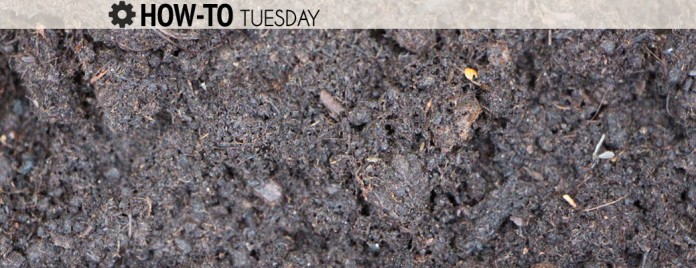Spring is a perfect time to take a soil test to measure your soil’s fertility. Testing your soil is an easy and inexpensive way of maintaining good plant health and productivity. Remember: Healthy soil will result in healthy plants.
Here’s how and why you should test your soil this spring.
Why should I test my soil?
Healthy soil will lead to healthy plants. Soil fertility will change throughout the growing season. The quantity of important minerals can change by adding fertilizers, manure, compost or other additives commonly used in gardens. What a soil test does it let you know the balance of each mineral in your soil. The test will take the guess work out of adding fertilizers, etc.
What does a soil test measure?
According to the Ohio State University Extension Service, a basic soil test measures phosphorus, potassium, calcium, magnesium, pH, cation exchange capacity, lime requirement index and base saturation. Other tests are available if you want to test iron, zinc, manganese, soluble salts, nitrates and organic matter content.
When should I test my soil?
According to the Ohio State University Extension Service, testing samples can be taken in the spring or the fall. But, if your growing site is new, a soil test can be taken as soon as the soil is workable. One benefit of testing in the fall is it allows for lime to be applied to raise your soil’s pH. If you need to lower your soil’s pH, sulfur should be applied in the spring.
How often should I test my soil?
Testing your soil every two or three years should be fine.
What tools do I need?
A spade or trowel will work just fine. You’ll also need a plastic bucket to hold your samples.
Taking a soil test
The University of Maine Cooperative Extension has a great video on the basics of taking a soil sample. Before you sample, however, check with your local extension offices for soil testing lab locations. Each lab will have different preferences on what kind(s) of container(s) you should use to send in your soil.
If you have any questions, call your local extension office. OSU Extension offers a list of county extension offices on its website.
How long does a soil test take?
Many soil testing labs will mail your results in two weeks. During the spring, when the labs are the busiest, it may take longer.











